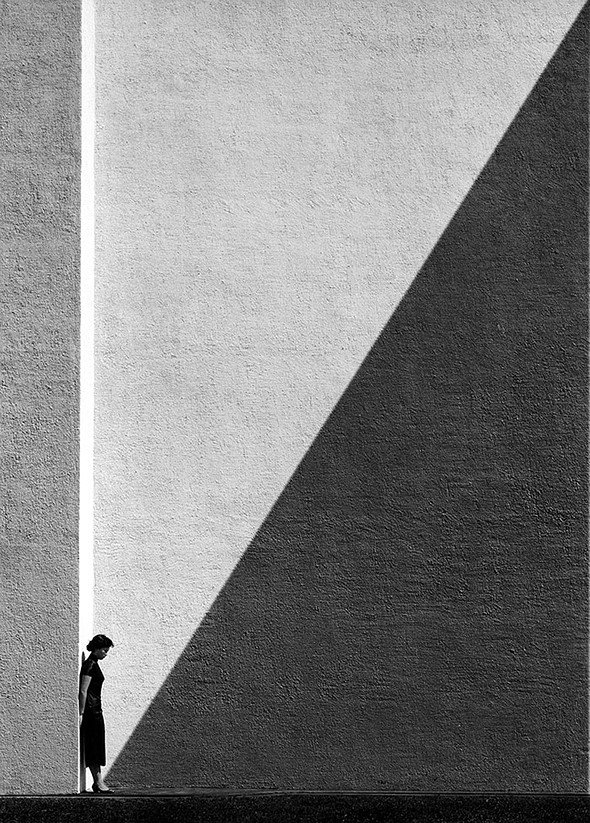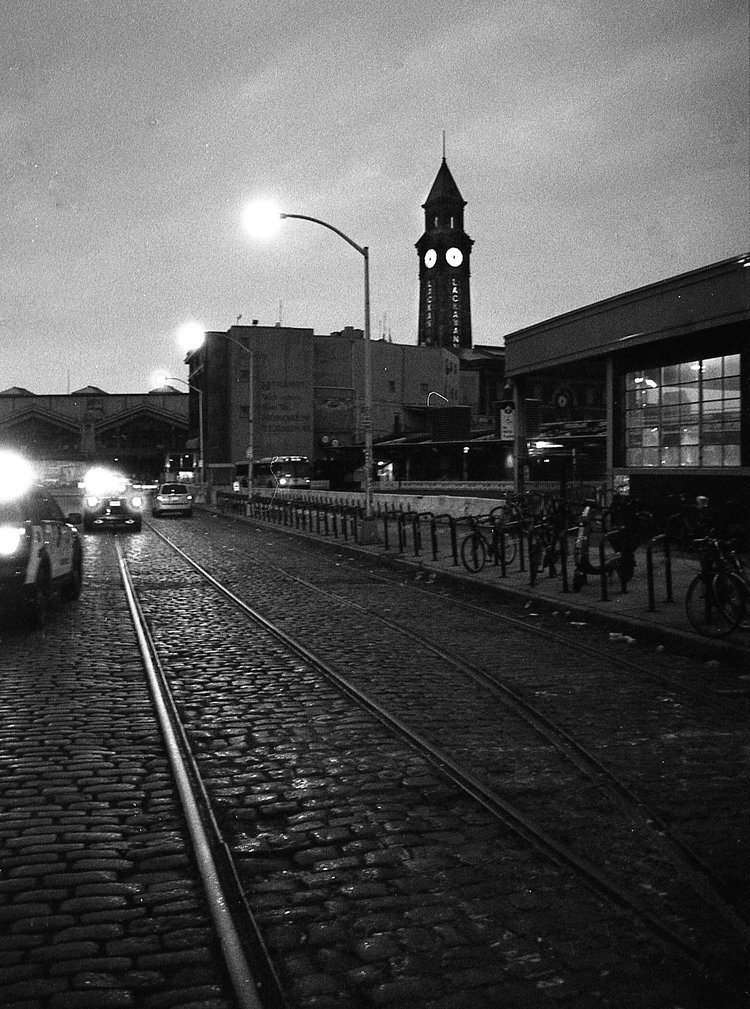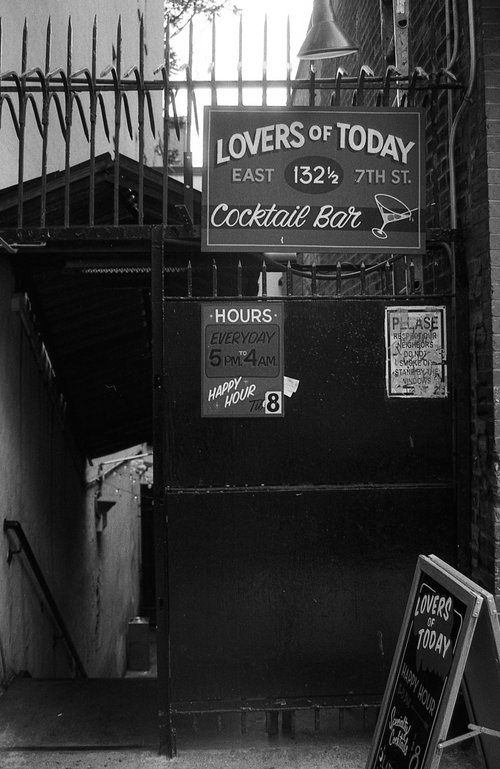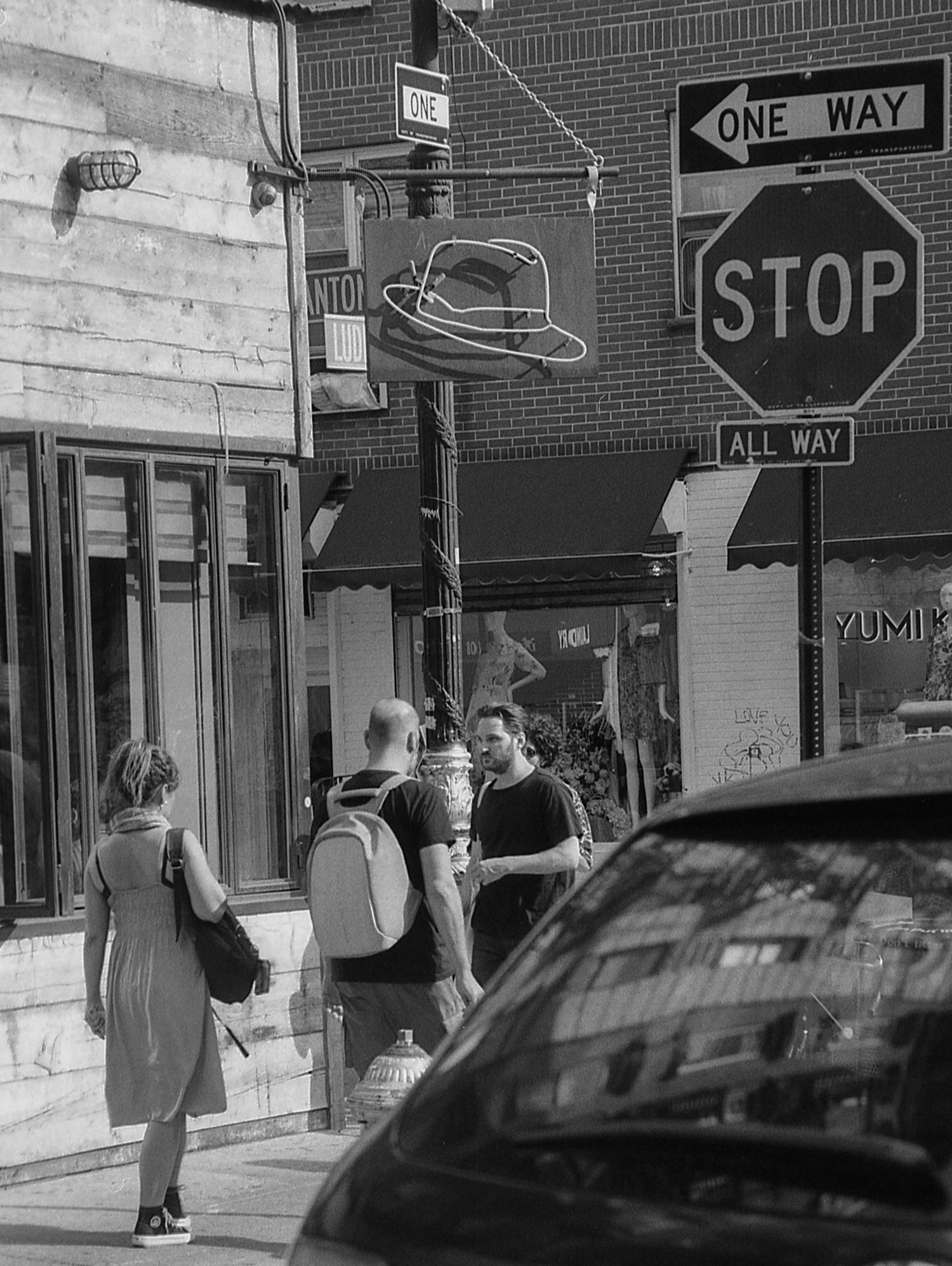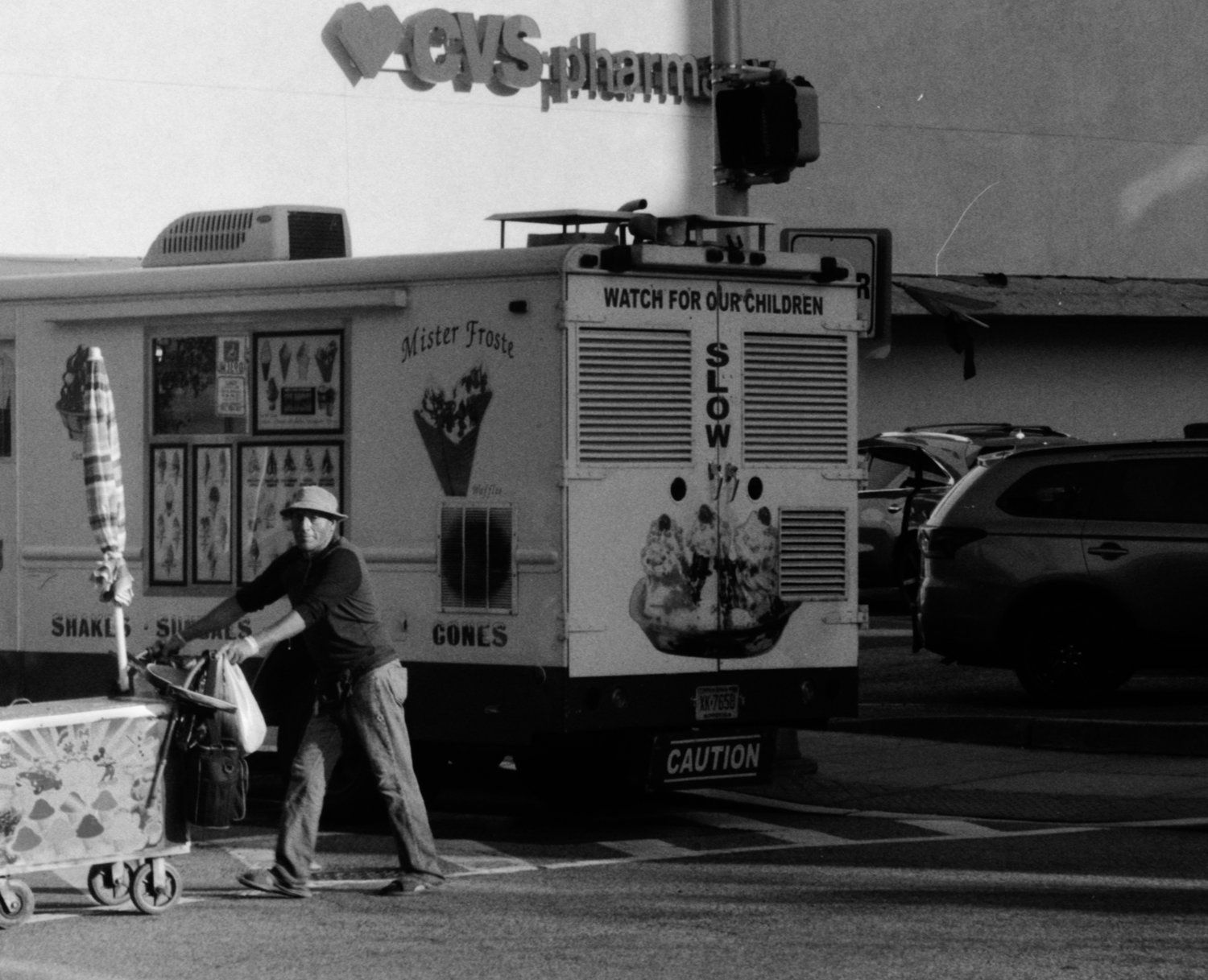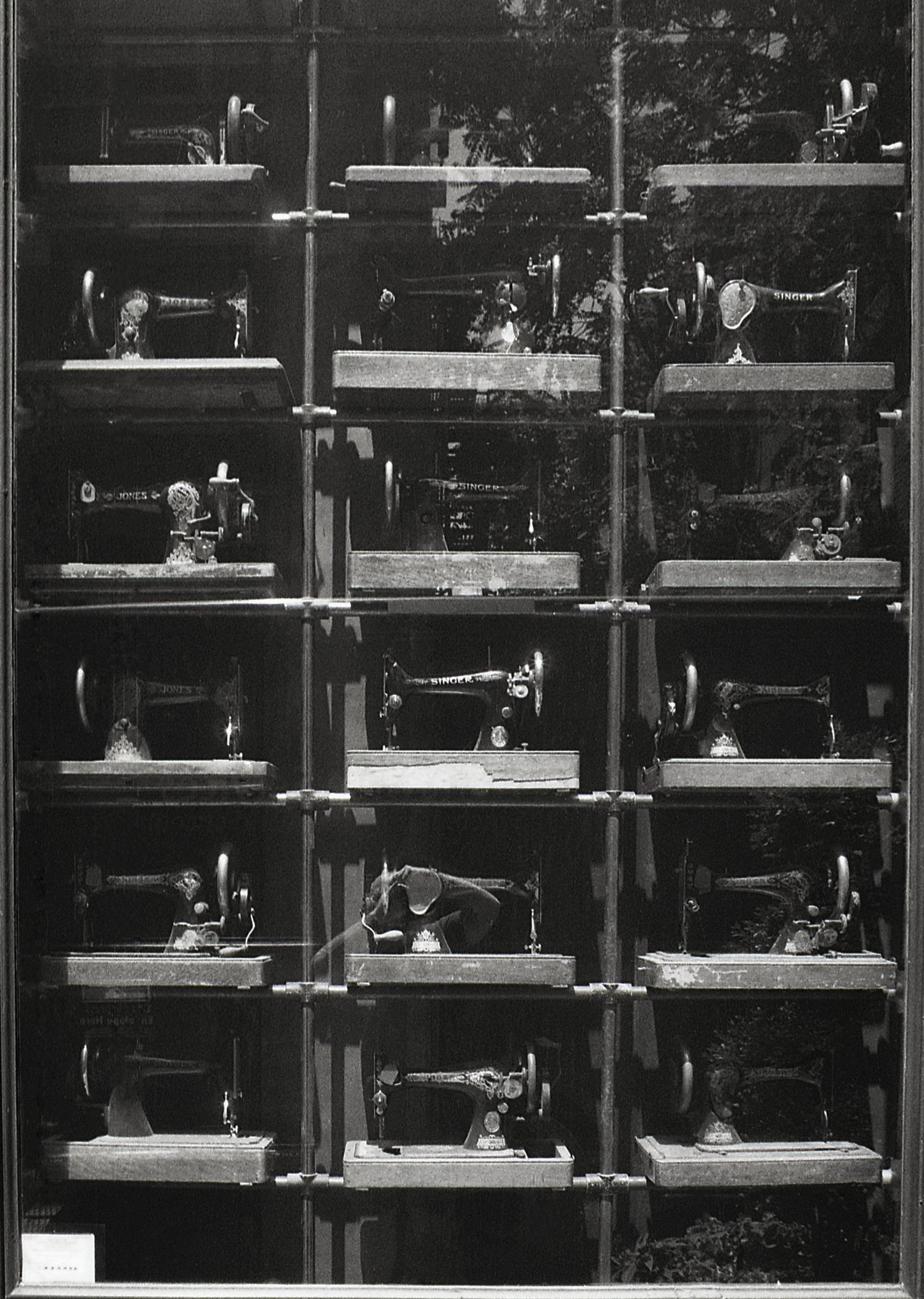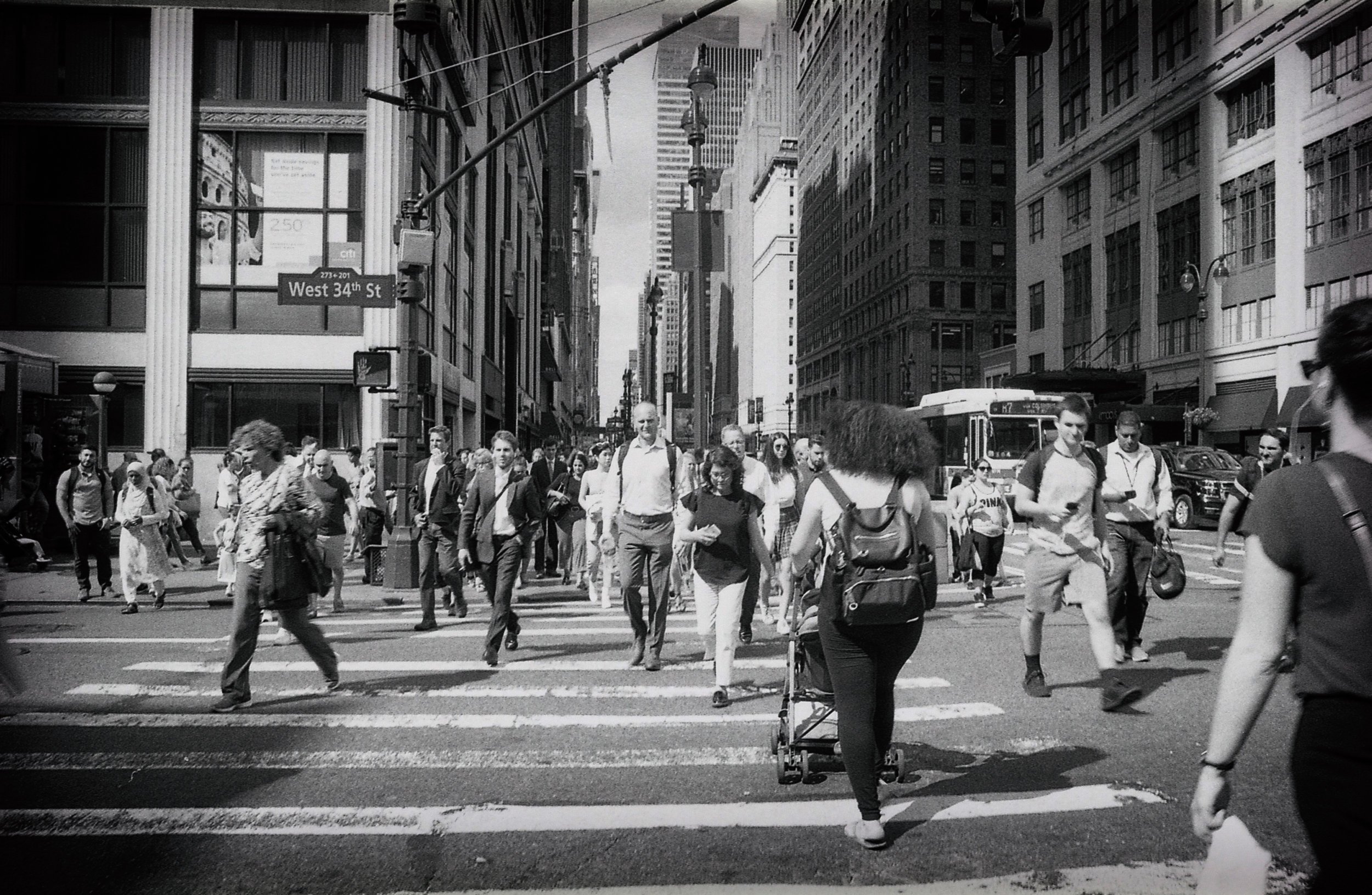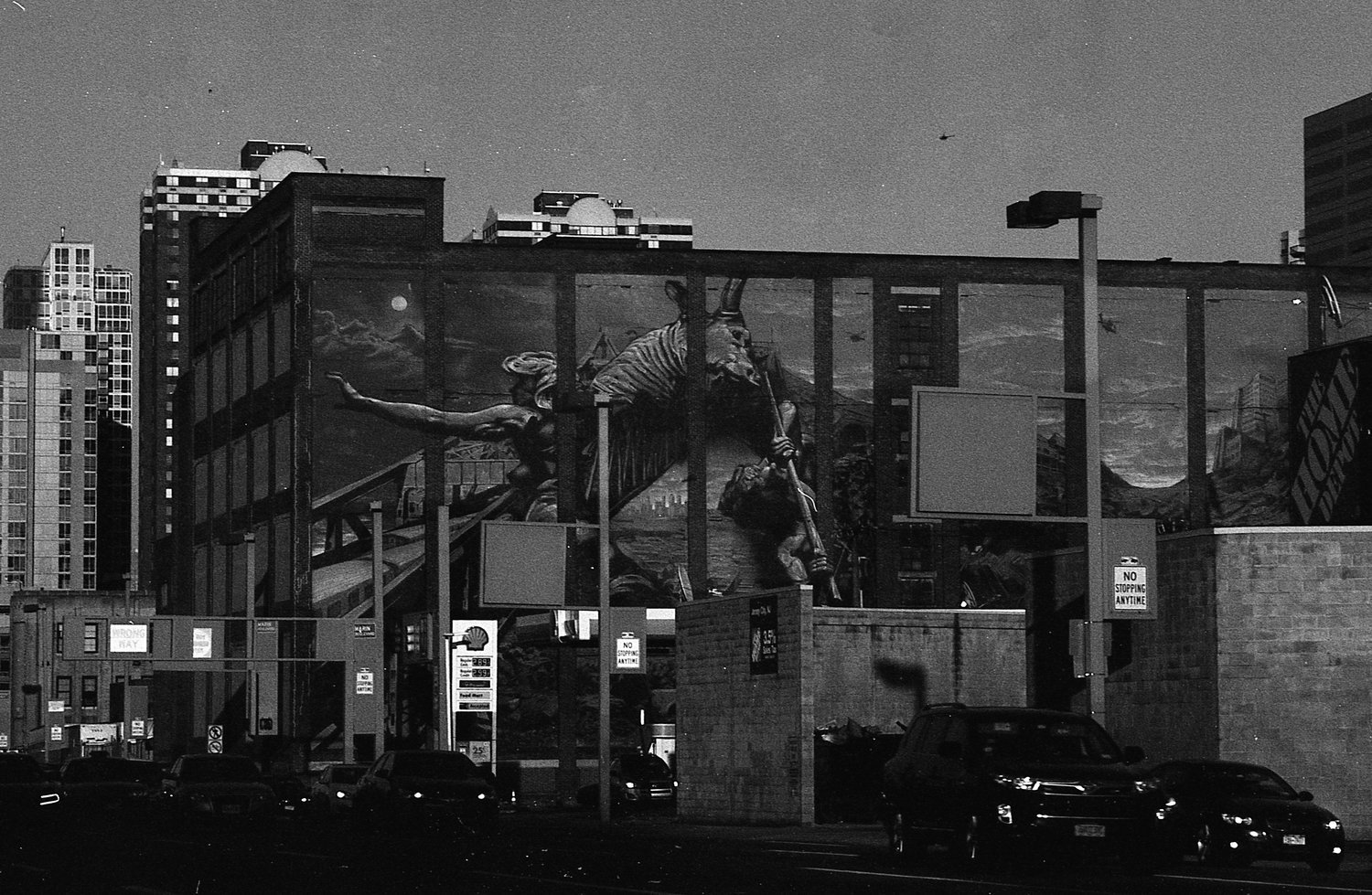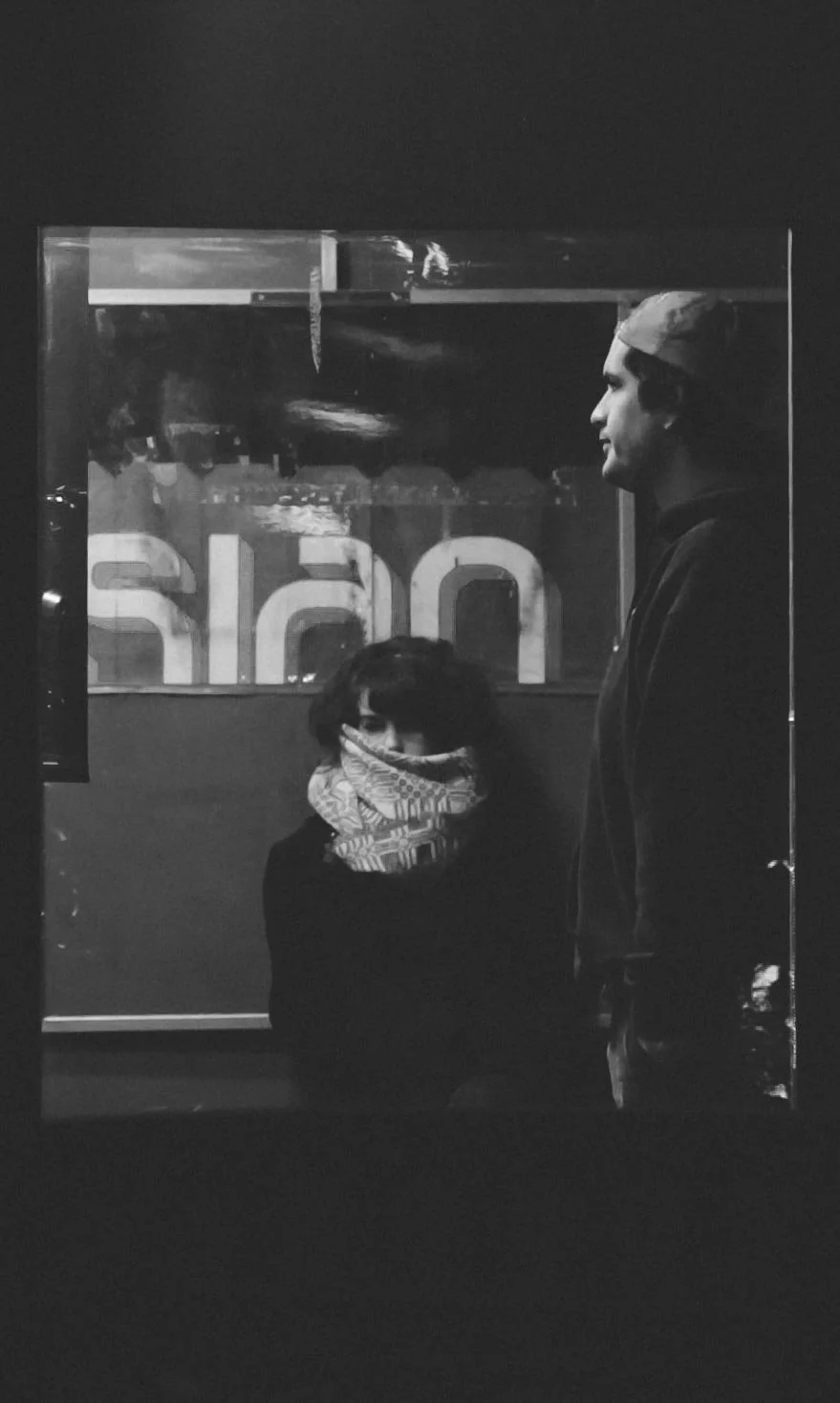Hong Kong Venice, 1962
Photography is not just about capturing moments; it's about encapsulating the essence of a time, a place, and a culture. One photographer who achieved this with unparalleled grace and skill was Fan Ho, a master of street photography. From his unique perspective, Fan Ho brought the streets of Hong Kong to life through his lens, creating a visual narrative that continues to inspire photographers and art enthusiasts around the world.
Quarter to Four 1950/60s
Fan Ho was born in Shanghai in 1931 and moved to Hong Kong at the tender age of 18. He soon fell in love with the bustling city's vibrant streets and intricate alleyways, and it wasn't long before he decided to document its everyday life through the art of photography.
Hong Kong in the 1950s and 1960s was a place of stark contrasts - a fusion of traditional Chinese culture and the influences of British colonialism. Fan Ho's photographs reflect this duality, capturing the essence of a city in transition.
Approaching Shadow 1954.
What sets Fan Ho apart from many other photographers is his extraordinary sense of composition. His photographs are meticulously framed, and each element within the frame plays a vital role in telling a story. He often used elements like light, shadow, and reflections to create visual poetry on the streets of Hong Kong.
One of his most iconic photographs, "Approaching Shadow," exemplifies his mastery of composition. The image showcases a woman leaning against a wall in a narrow alleyway, with the play of light and shadow creating a dramatic and almost cinematic atmosphere. Fan Ho's ability to capture these fleeting moments is what makes his work so enduring.
On the Stage of Life 1954
Beyond the aesthetics of his photographs, Fan Ho had a unique talent for capturing the humanity of his subjects. Whether it was a group of children playing in the streets or an elderly man deep in thought, his images resonate with a sense of empathy and connection. Fan Ho's photographs are a window into the lives of people in Hong Kong during a specific era, revealing their struggles, aspirations, and joys.
As time marches on, Fan Ho's photographs serve as a time capsule, preserving the history and culture of Hong Kong during a pivotal period. The Hong Kong he documented no longer exists in the same way, making his work even more invaluable.
Fan Ho's photography is a testament to the power of capturing a place and its people through the eyes of a talented artist. His work continues to inspire photographers and art enthusiasts alike, reminding us of the beauty that can be found in the everyday. Fan Ho's unique perspective on Hong Kong has left an indelible mark on the world of photography, and his legacy lives on through his timeless images.



